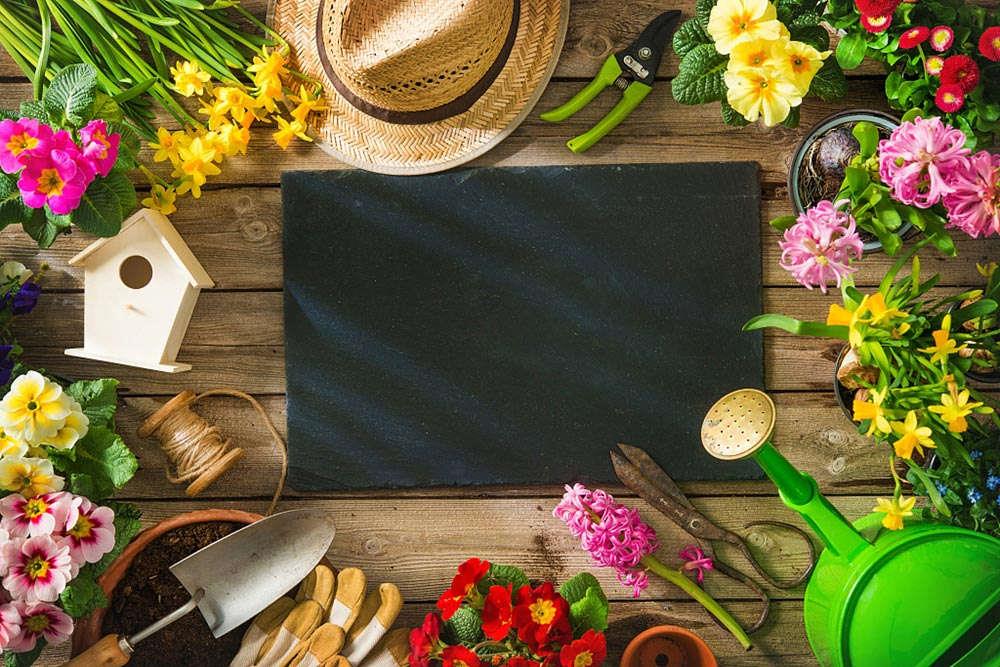Hydrangea cultivation methods and precautions
Last Update :2024.05.12
Article Catalog
The overwintering temperature of hydrangeas cannot be lower than five degrees. If the temperature is lower than the limit, black rot will appear on the branches and leaves. During the growth period, water needs to be applied every morning and evening, and water needs to be controlled in winter. Add base fertilizer to the soil before planting and fertilize every half month during the growing season. It needs to be kept in a cool place in summer and gradually increases in sunlight in autumn.
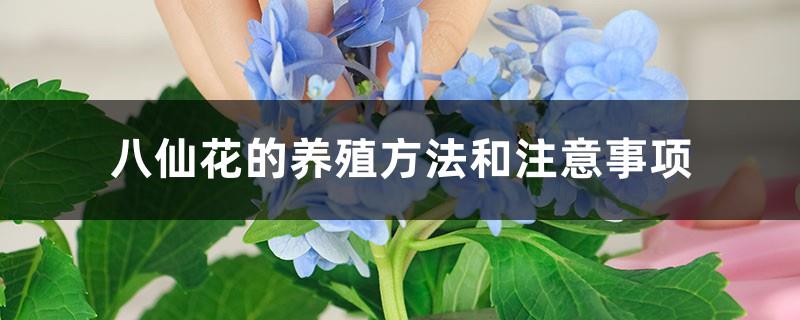
1. Maintenance methods
1. Maintenance methods
1. Temperature: The temperature suitable for its development is between 18 and 28 degrees, and the overwintering temperature cannot be lower than 5 degrees. , because it is not cold-tolerant, black rot of branches and leaves will occur when the temperature is lower than the extreme temperature. After the flowers bloom, the temperature should be maintained at 16 degrees, which can extend the flowering period. If the maintenance temperature is too high, the flowering period will be shortened.

2. Watering: Its branches, leaves and flowers are relatively large. , it also requires more water. During the growth period, it needs to be watered every morning and evening. In winter, water needs to be controlled. Two or three plants can be watered once. When watering, control the amount and water until the soil is completely moist.
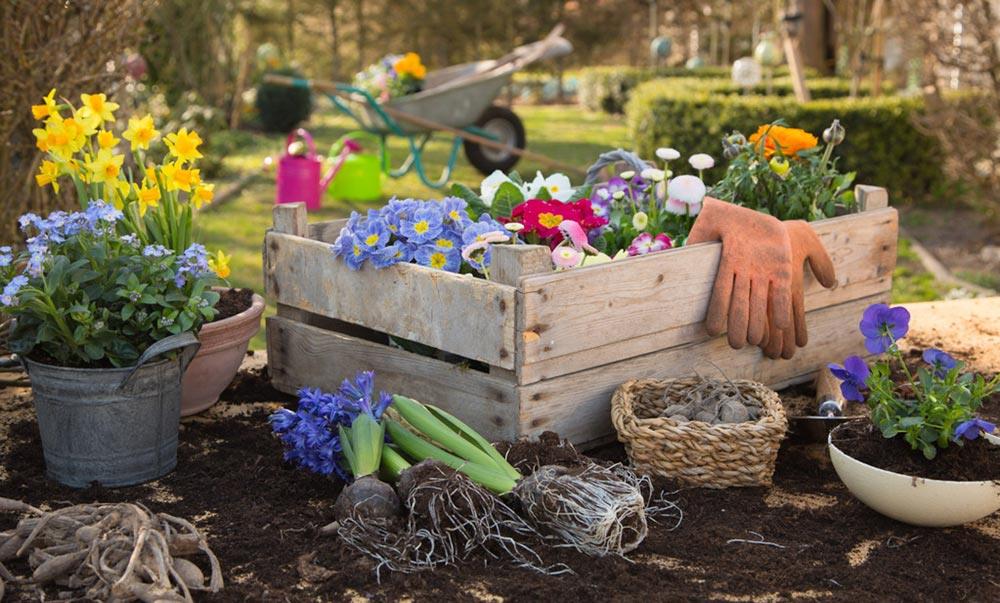
3. Fertilization: Before planting, you need to add it to the soil Base fertilizer consumes nutrients quickly. During the growth period, it needs to be fertilized every half month. For fertilizer, you can choose diluted fertilizer cake water. In order to prevent soil alkalization, you can add 2% ferrous sulfate to the fertilizer when fertilizing. Add potassium superphosphate solution to the water before the flowering period, which can help color the flowers and make them more vivid.
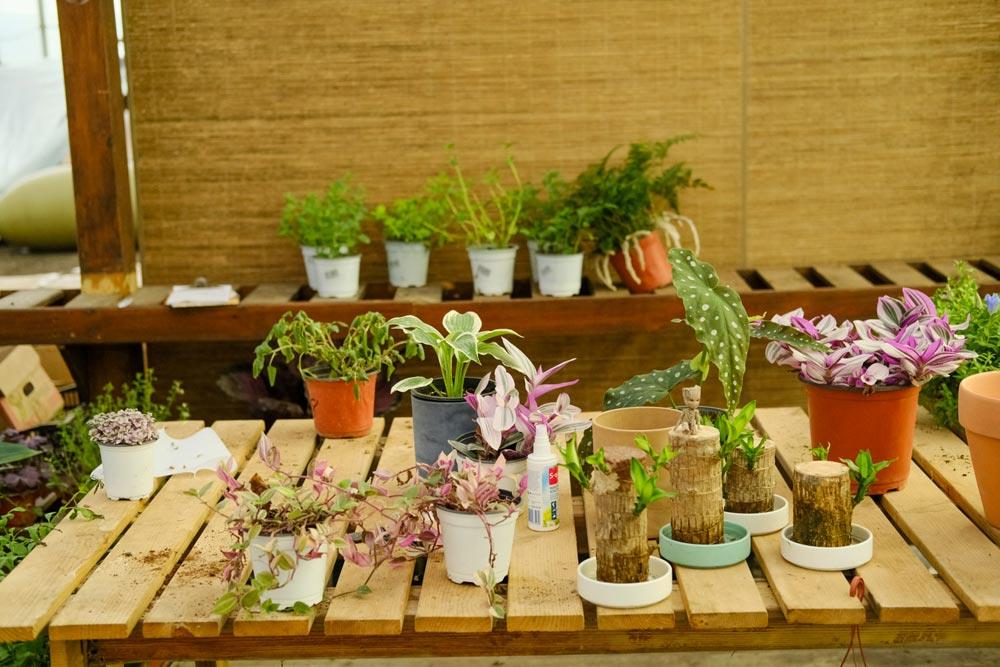
4. Light: It is not suitable for long-term maintenance in the sun. In the environment, it needs to be maintained in a relatively shady place in summer to prevent the branches and leaves from being burned. After September, the light will slowly weaken. At this time, it can be moved to a place with more light for cultivation.
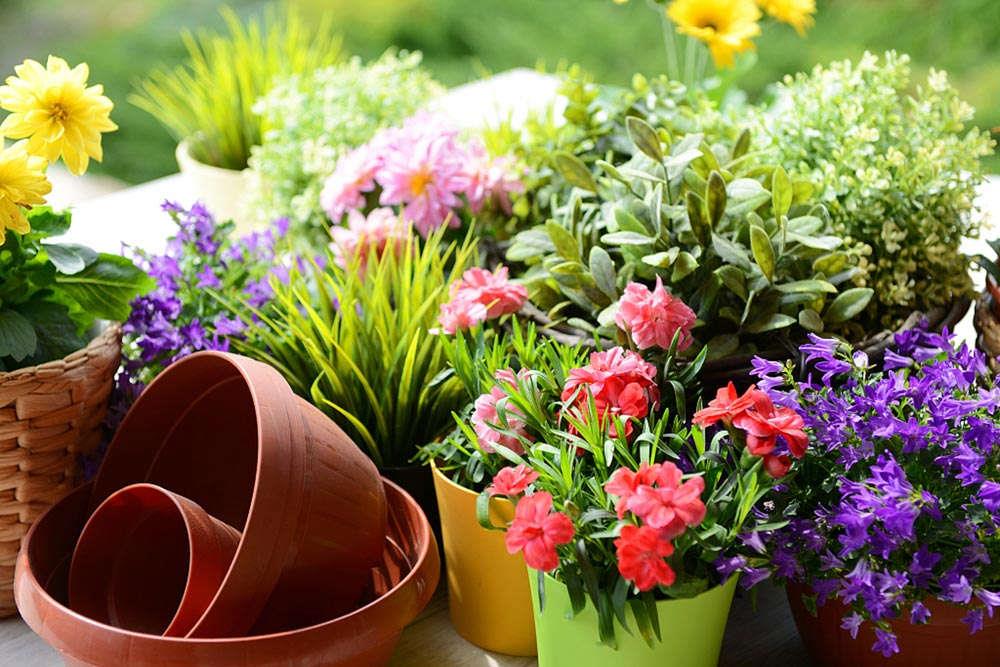
2. Breeding skills
< /p>
1. Propagation: In April and May, select the top tender ears of hydrangeas as cuttings, insert them into the prepared fine soil and sand bed, water them enough, and place them in a place with a temperature of about 25 degrees. In a dark environment, roots can grow in about 20 days.
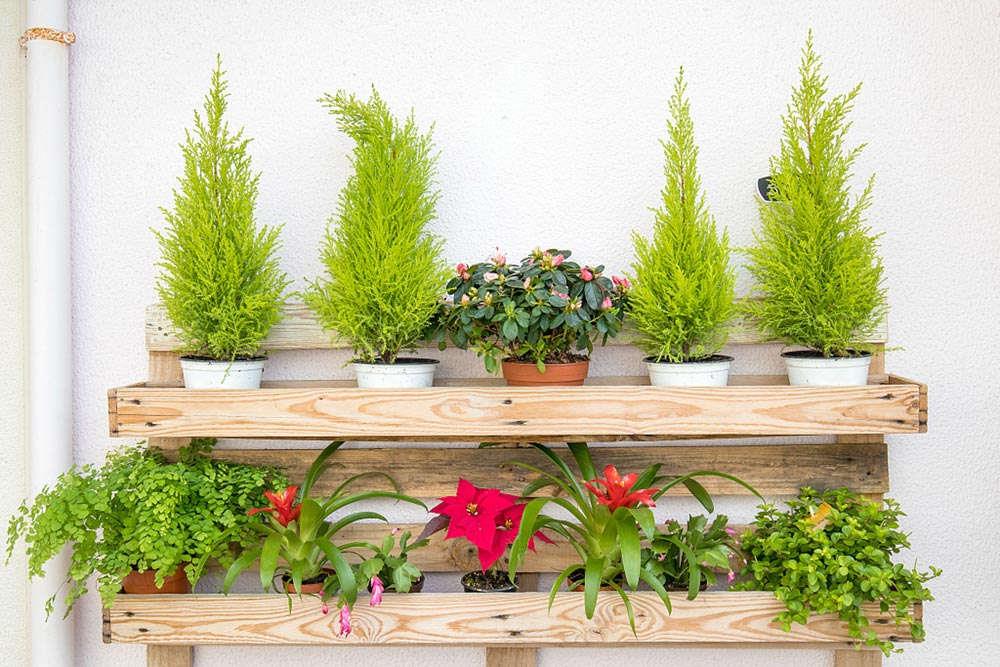
2. Pruning: Cut it off every March The remaining branches at the base are dead and leafless, leaving only three or four buds on each main branch.
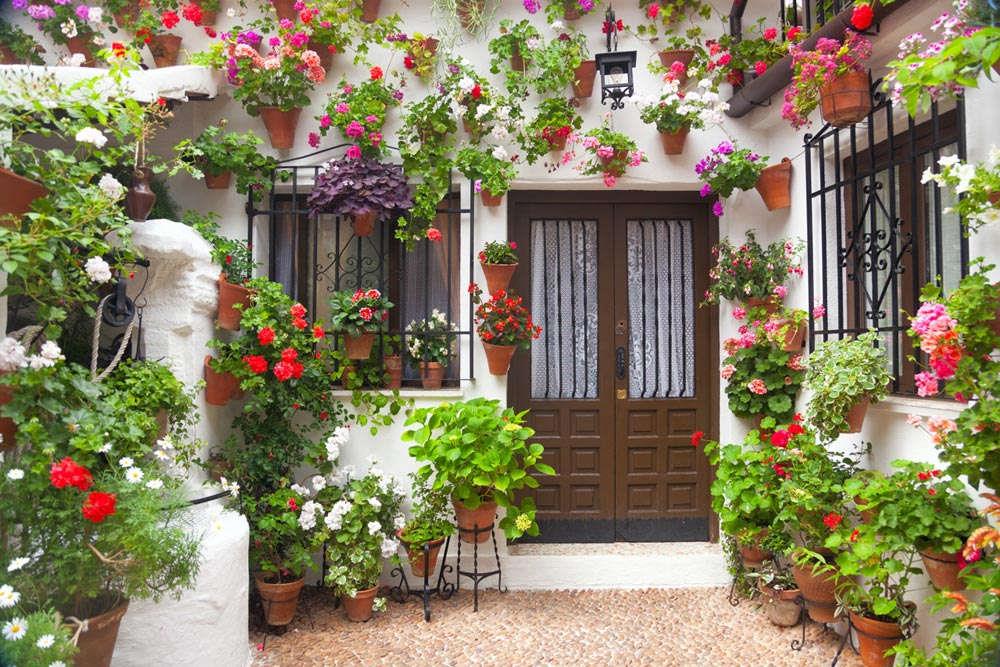
3. Problem diagnosis
< /p>
1. Insect pests: The diseases it infects mainly include powdery mildew and leaf spot. After discovering such diseases, mix 65% of the wettable powder of Desenzinc with water and spray it for treatment.
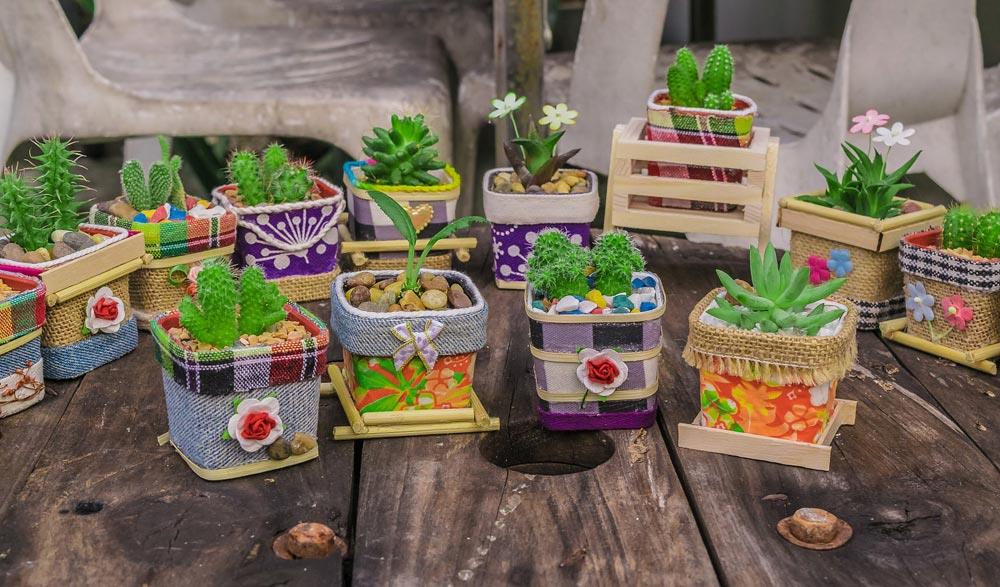
2. Not blooming: If the plant does not bloom, it may be Because there is too much nitrogen fertilizer. There is too little phosphorus and potassium fertilizer. This problem can be solved by reducing nitrogen fertilizer and increasing phosphorus and potassium fertilizer.
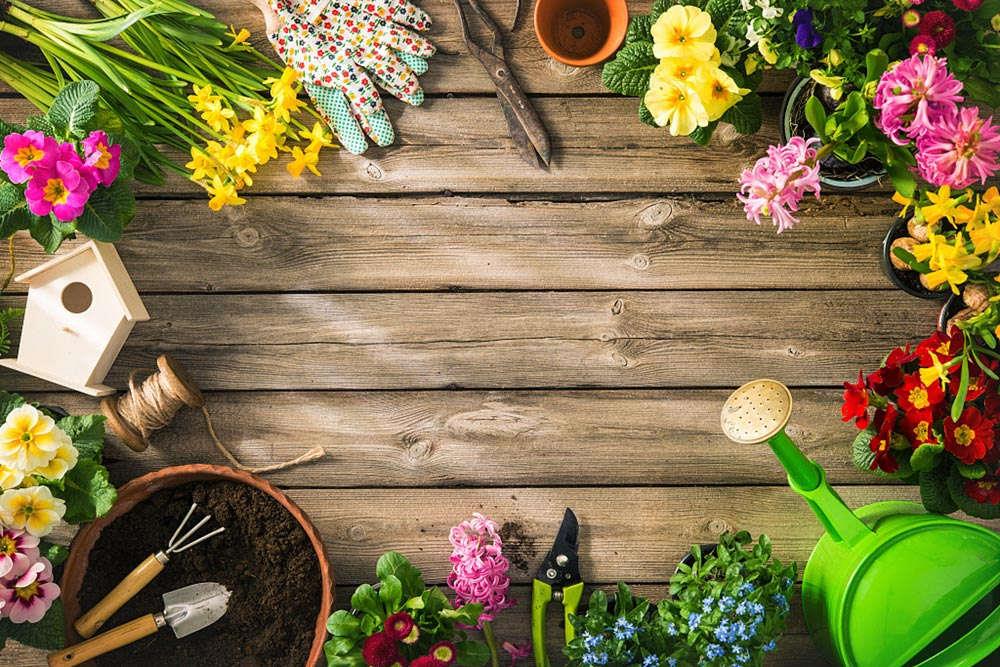
4. Other issues
< /p>
1. Can it be cultivated at home: Its flowers can easily cause allergies in people with sensitive constitutions. If someone at home is allergic to pollen, it is not recommended to cultivate it. If there are no allergic people, it can be cultivated.
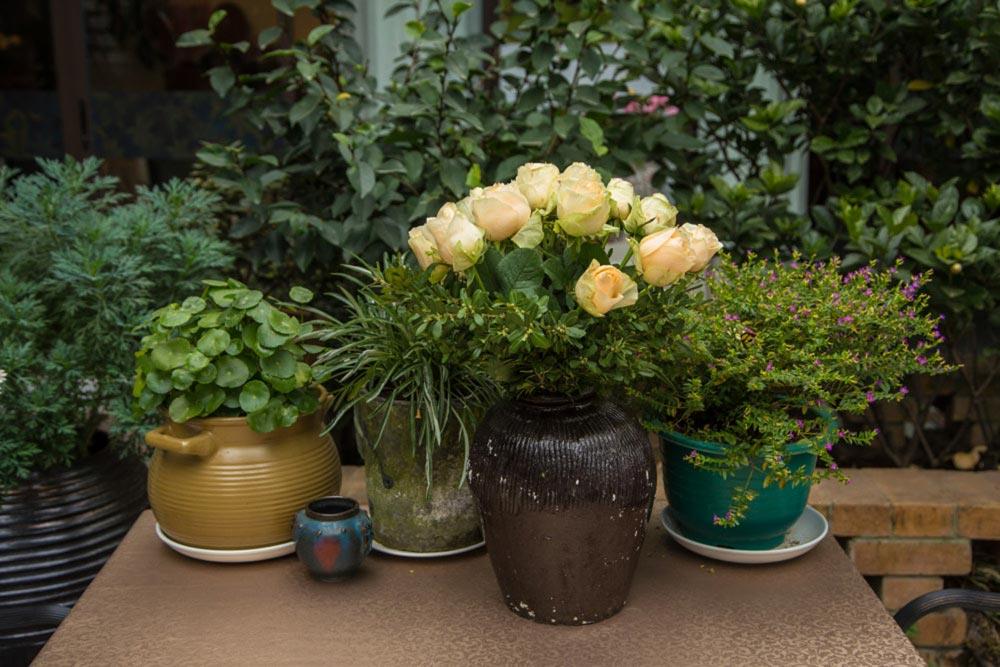
2. Toxicity: Its pollen branches and leaves are not poisonous, but The juice is poisonous, so as long as you don't pick it, there's generally no problem. If you accidentally come into contact with your skin, wash it with soap diluted in water and seek medical advice as soon as possible.
What are the legends behind the flower language of honeysuckle?

The flower language of honeysuckle is to dedicate my love to you wholeheartedly, t...
Methods and precautions for raising fleshy peach eggs
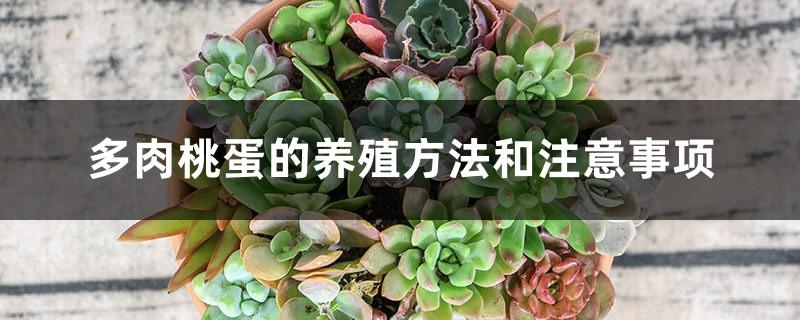
Raising peach eggs requires soil with good air permeability, which can be prepared...
